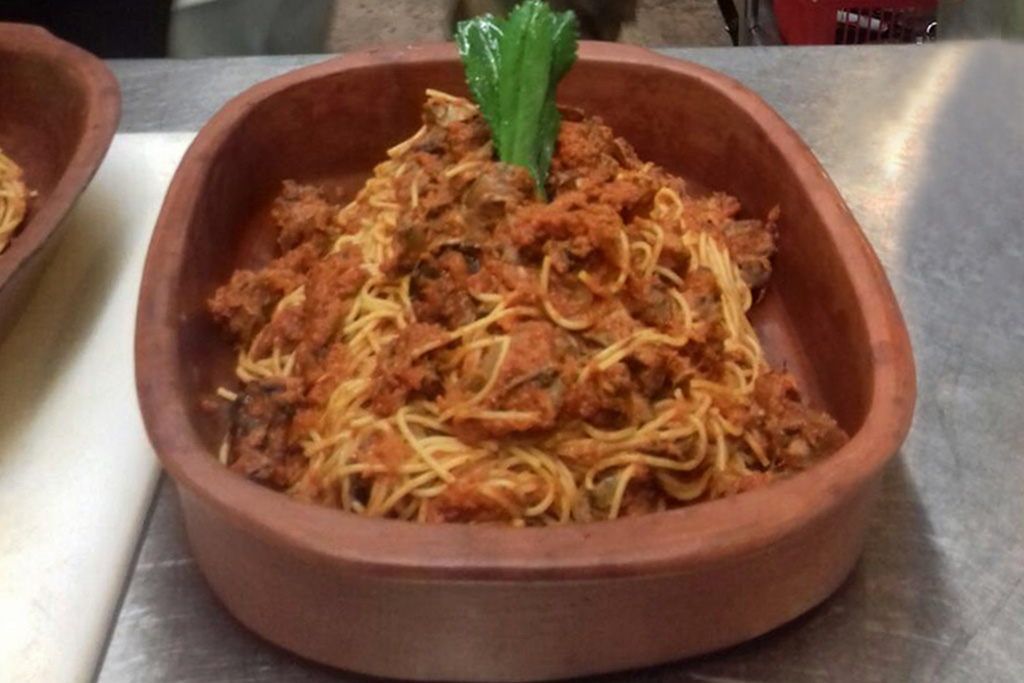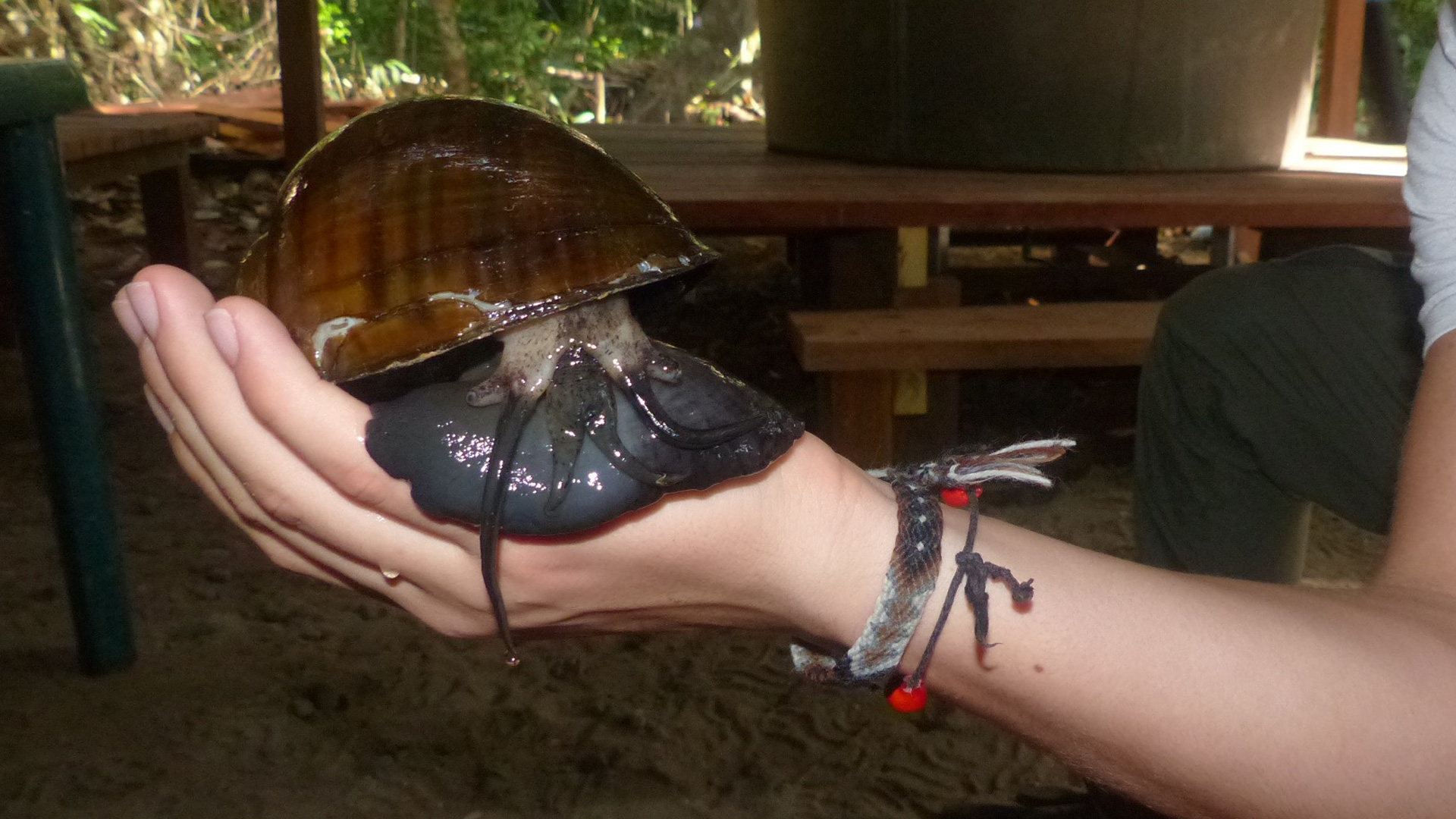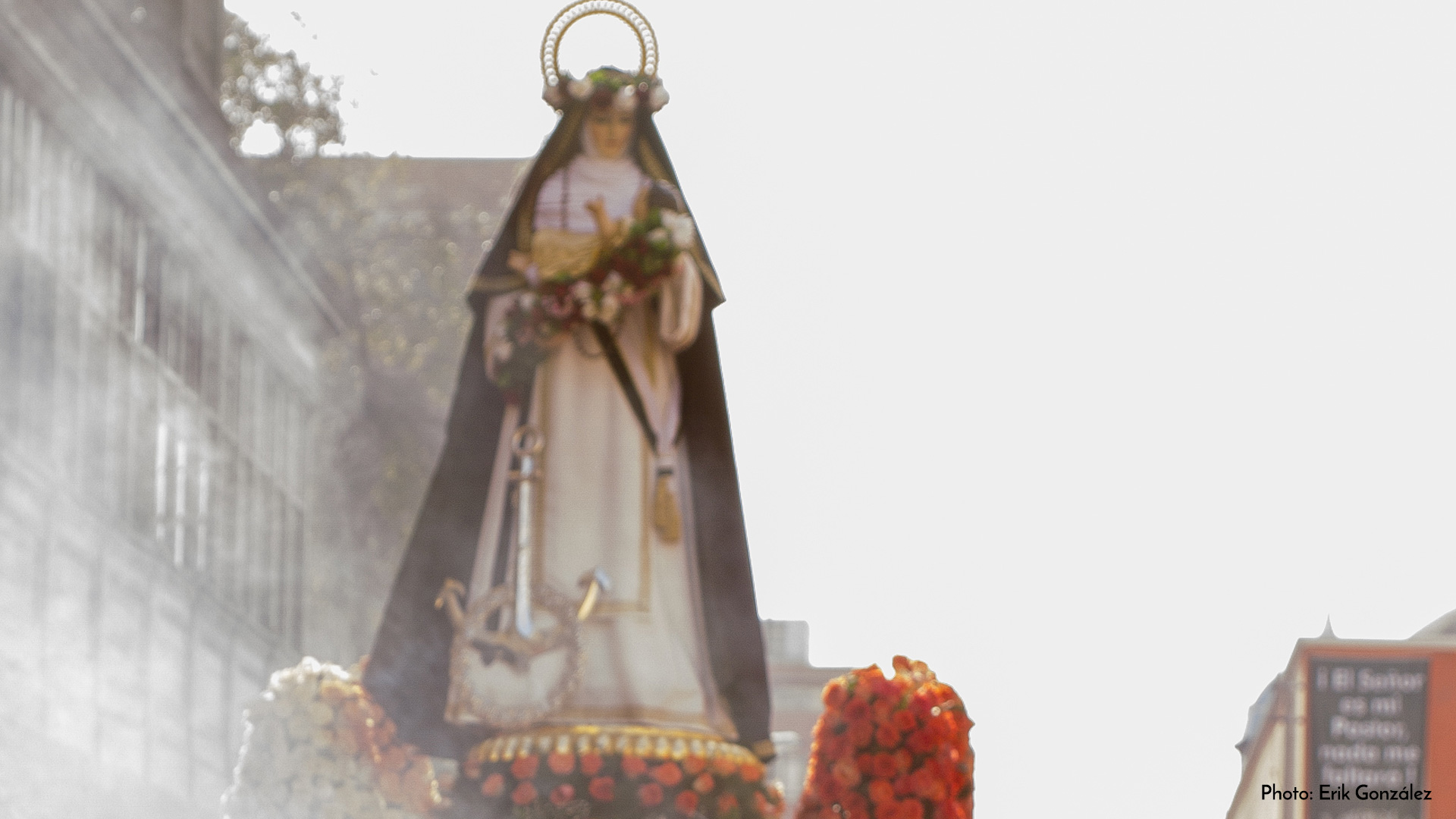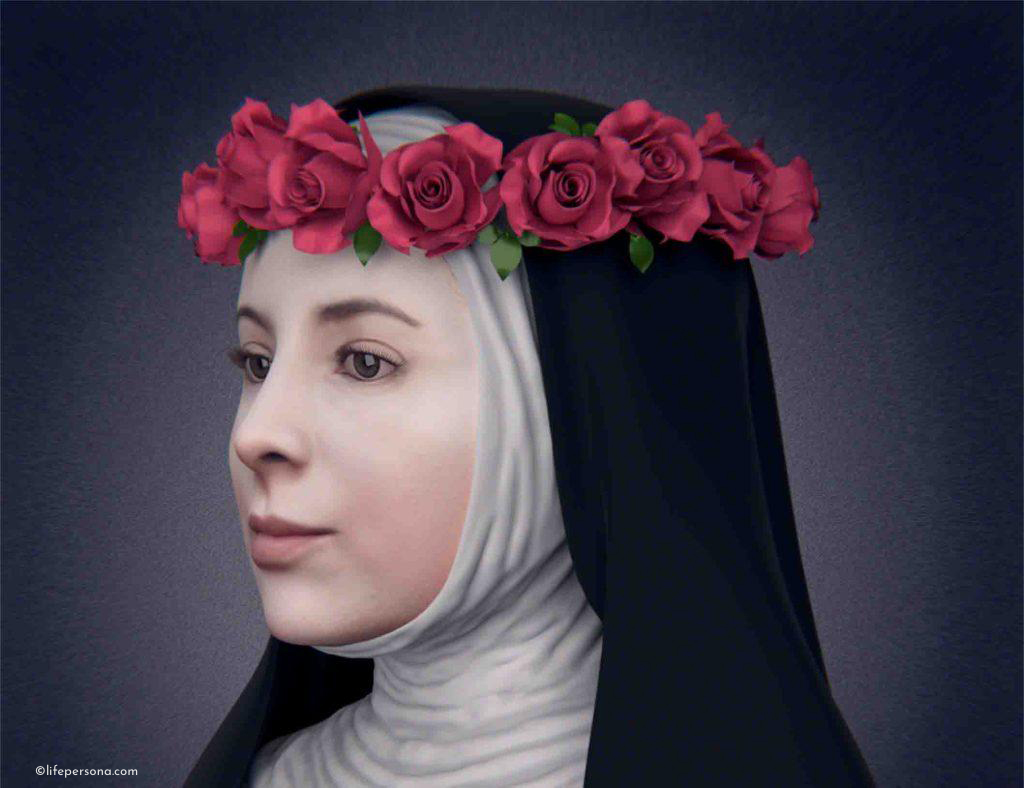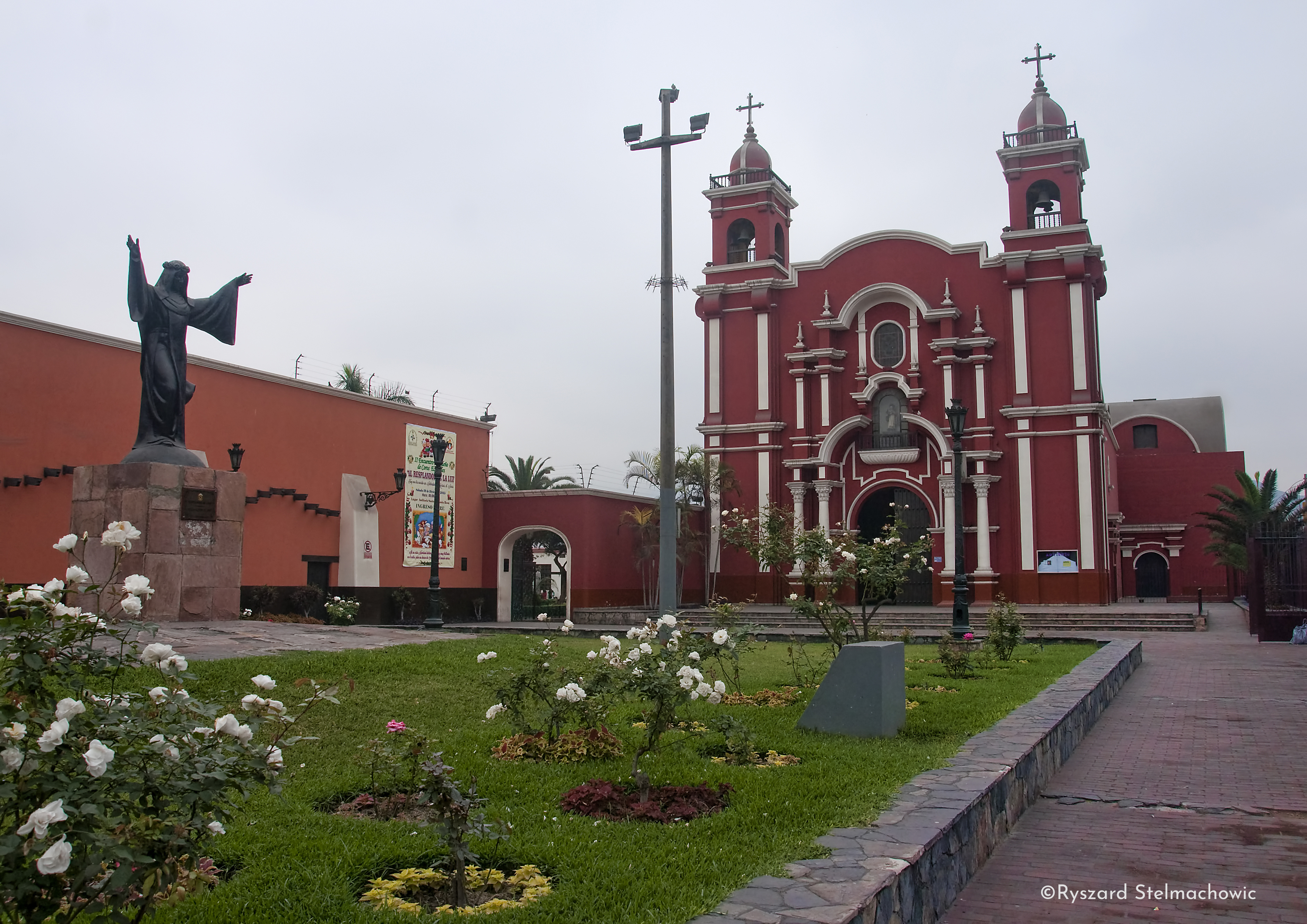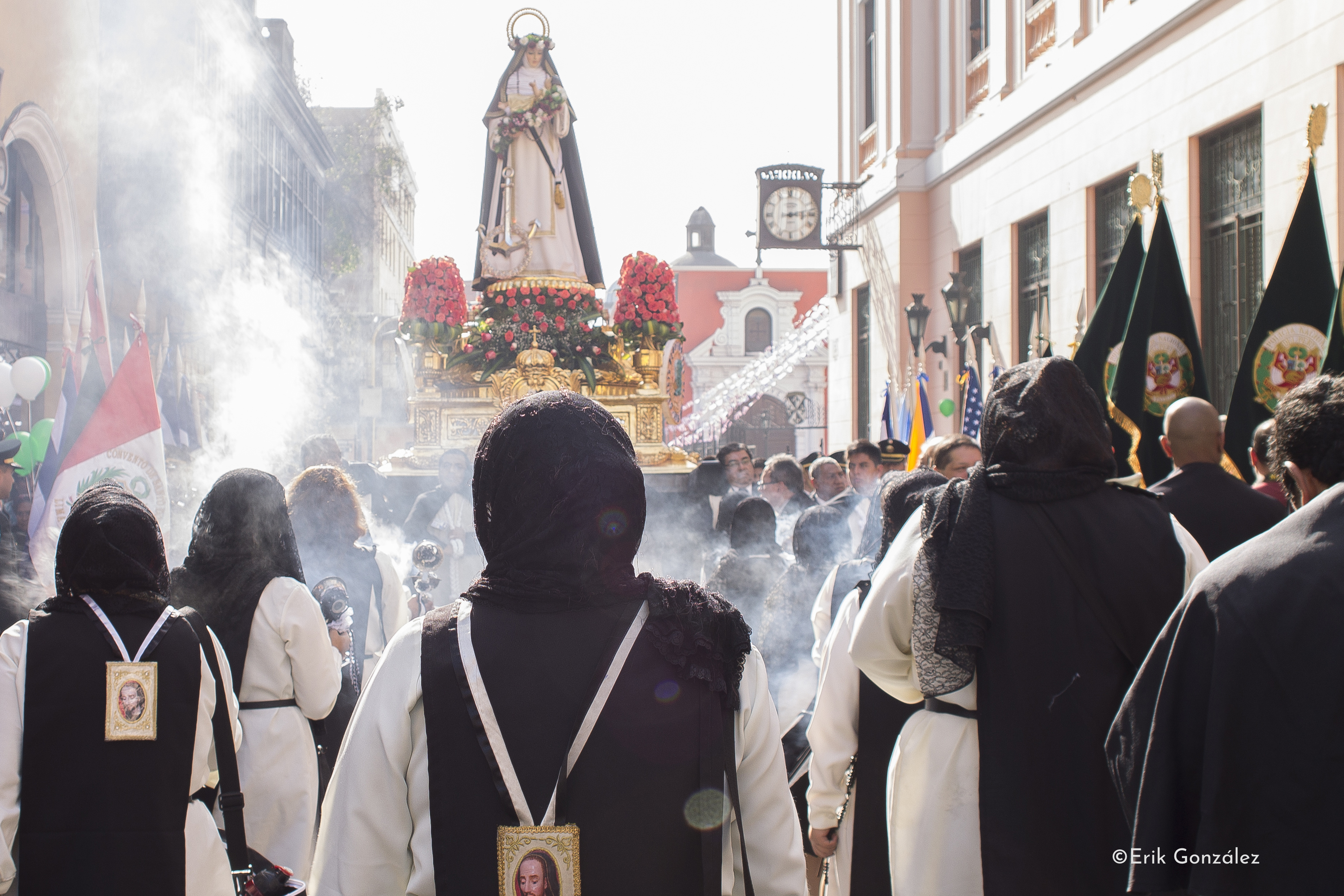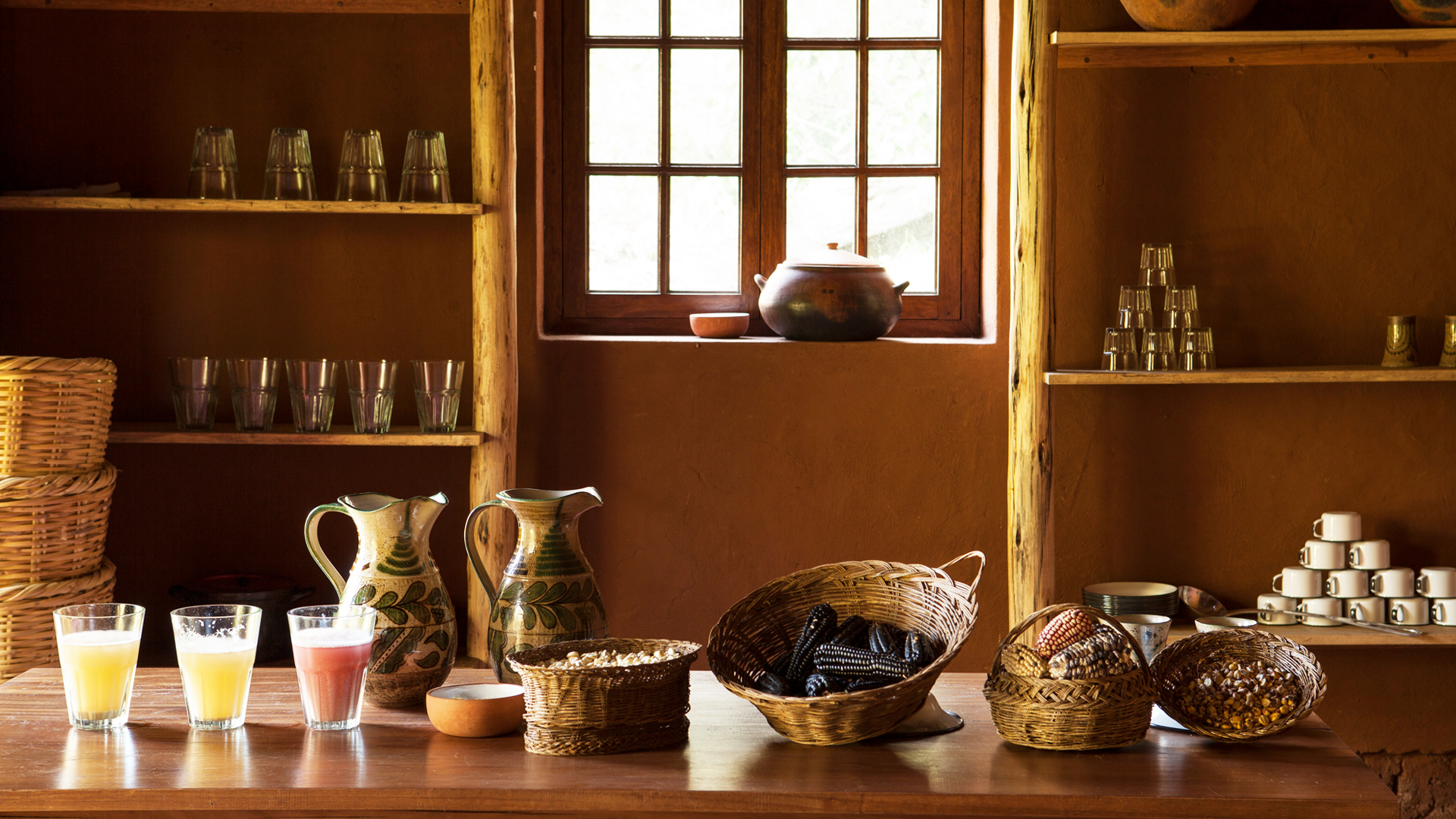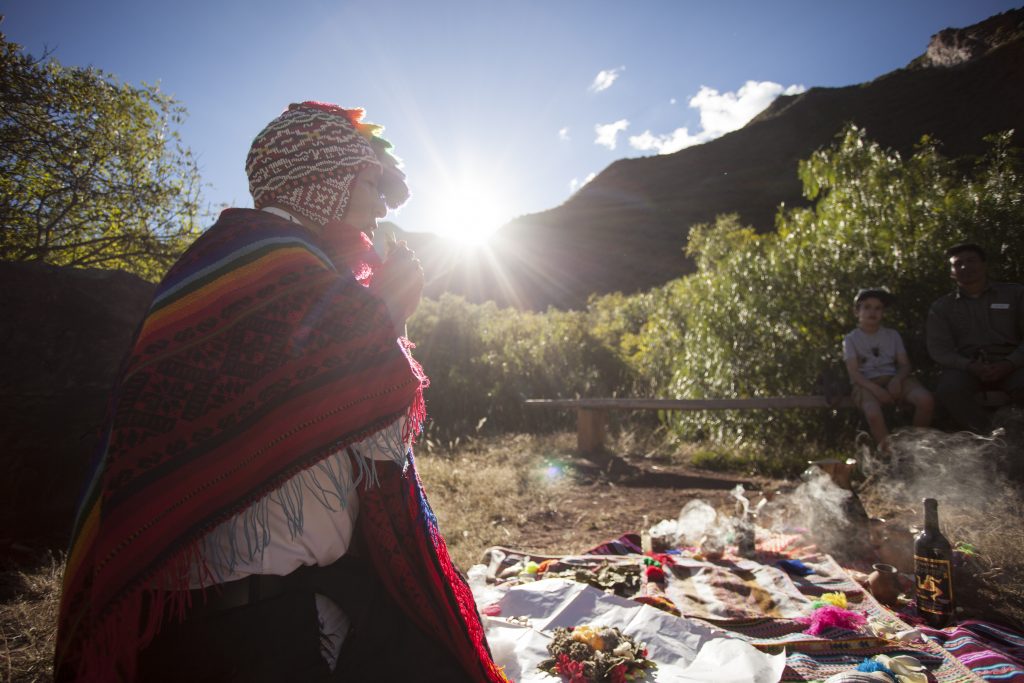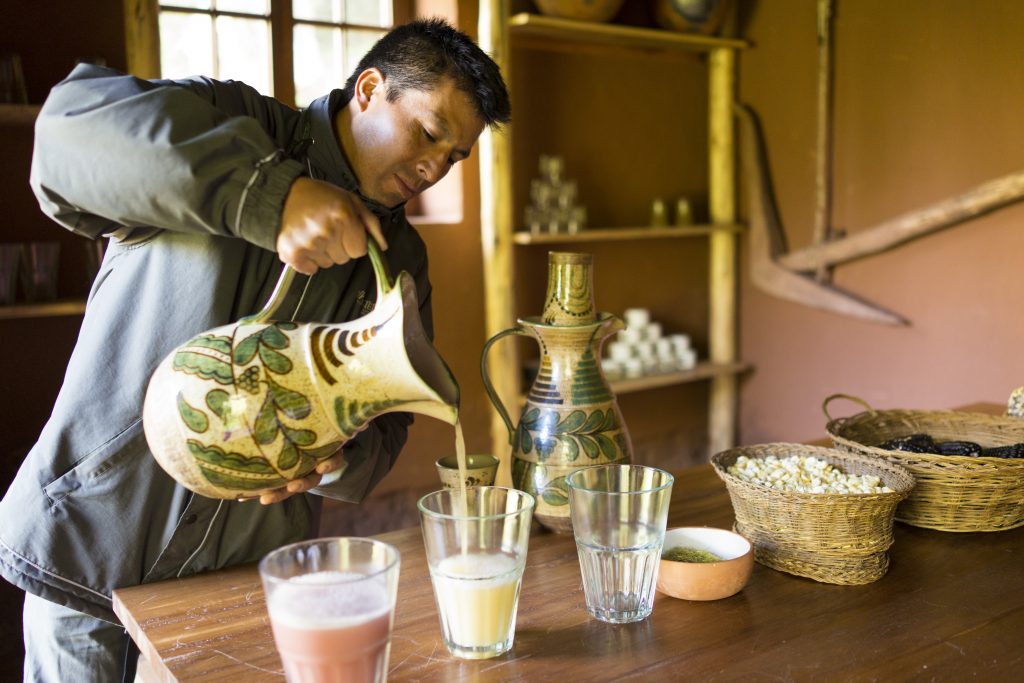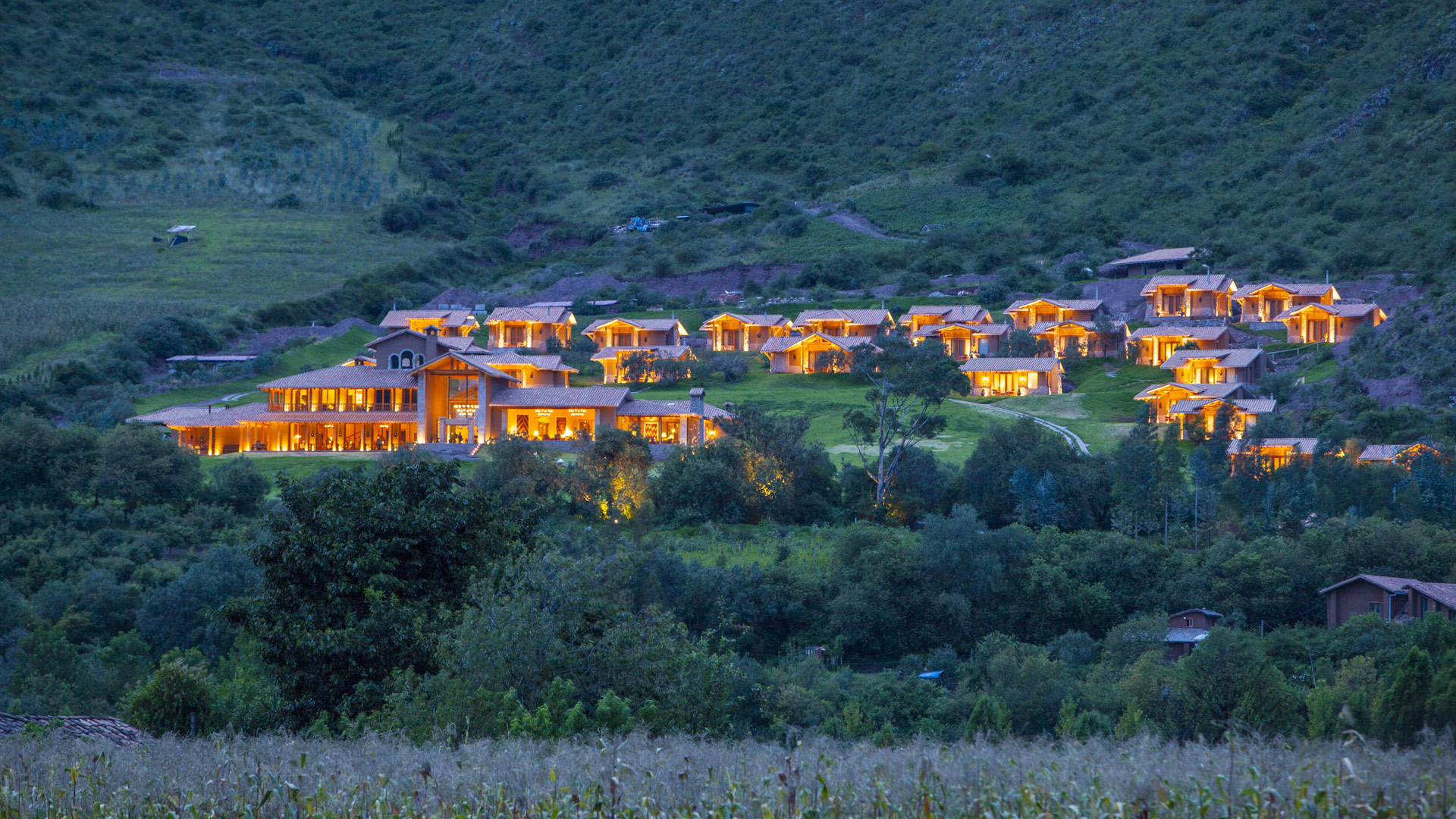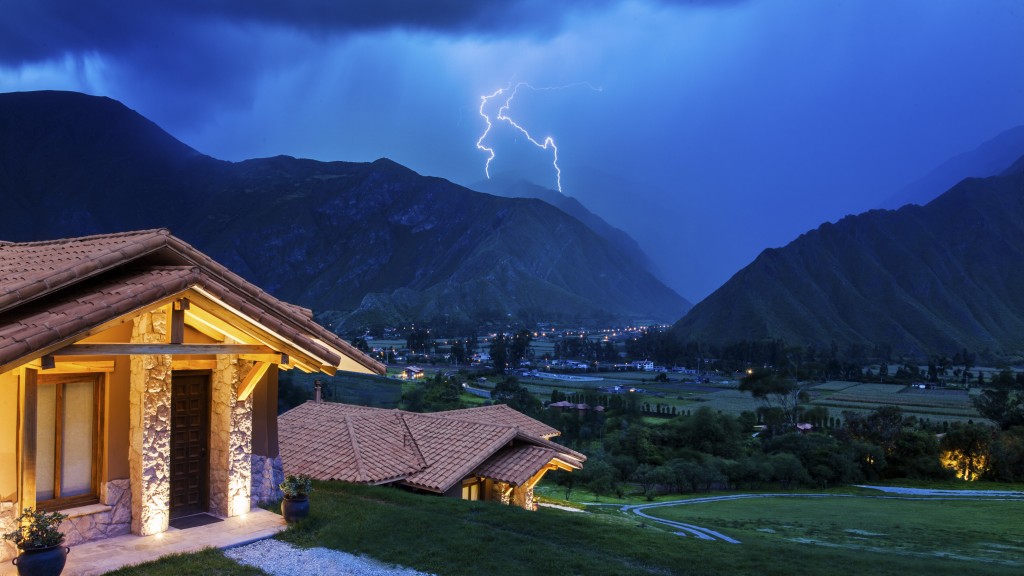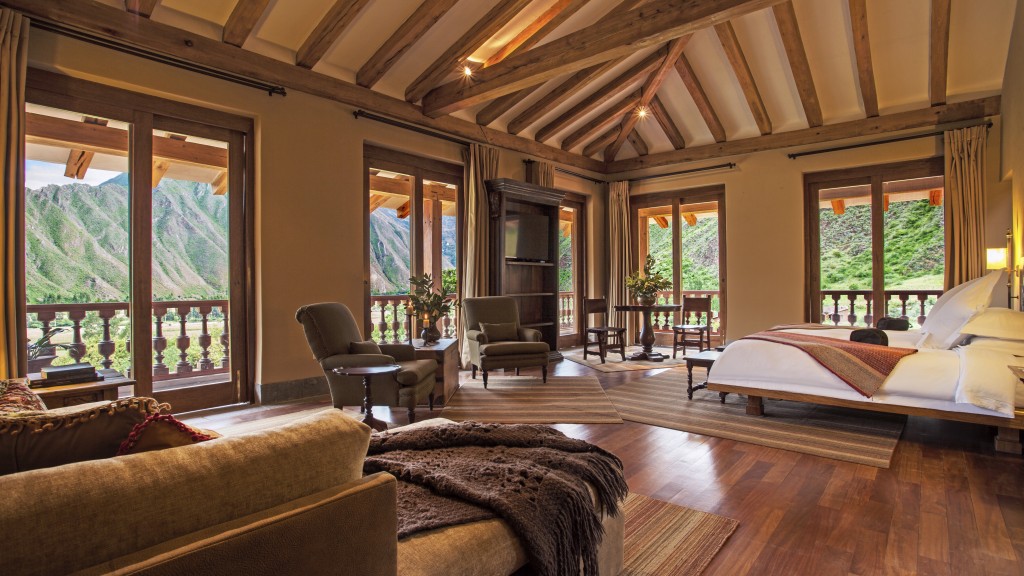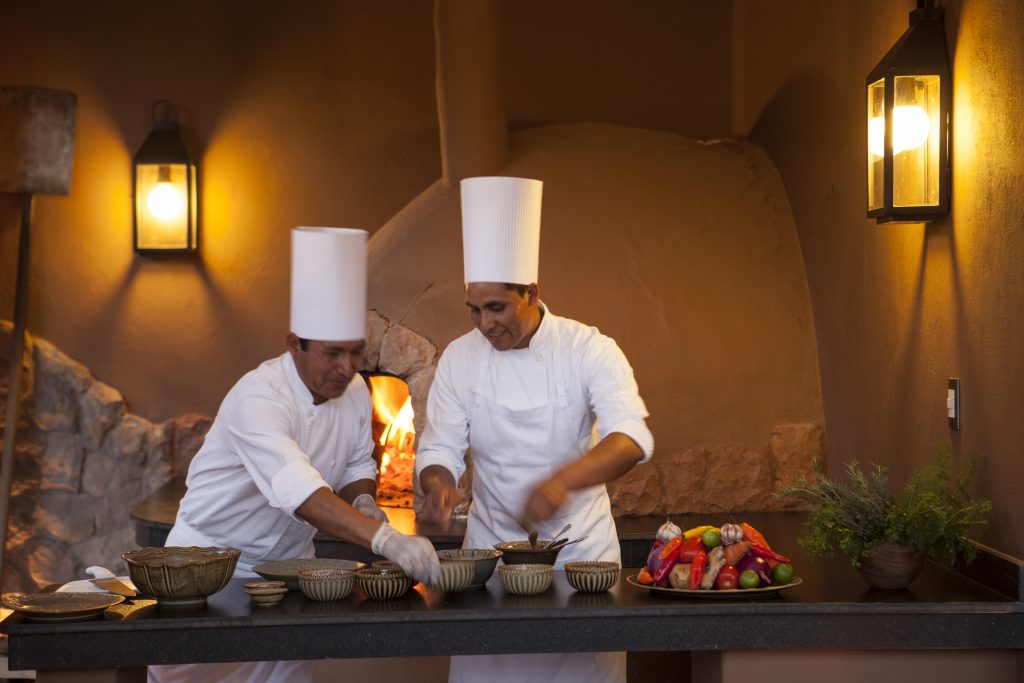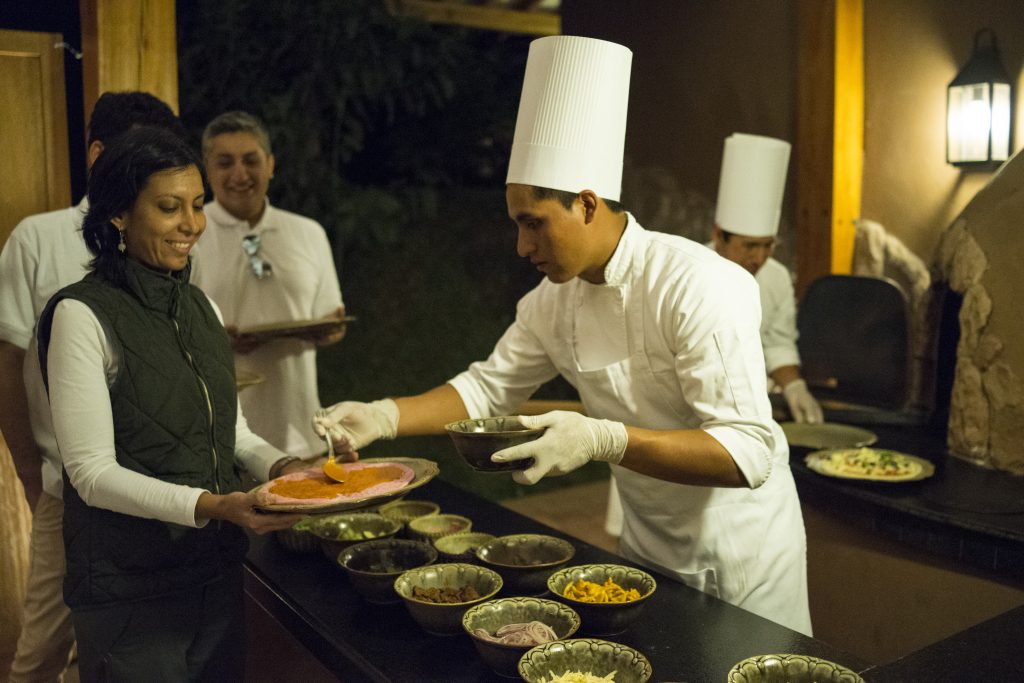Since 1978 the Inkaterra Asociación has produced inventories of flora and fauna measuring its impact on areas of influence in the Amazonian rainforest of Madre de Dios (Southern Peru), the cloud forest of Machu Picchu and the Sacred Valley of the Incas, the city of Cusco and the sea, desert and tropical forest of Cabo Blanco(North of Peru).

One fauna of interest is the Pomacea Maculata snail known locally as the “churo” snail, which is native to the Amazon rainforest where it grows in the wetlands during the rainy season. The churo snail meat is high in protein and low in fat, meaning that it is one of the healthiest protein sources in Madre de Dios, especially due to the fish being exposed to high levels of mercury from alluvial mining.
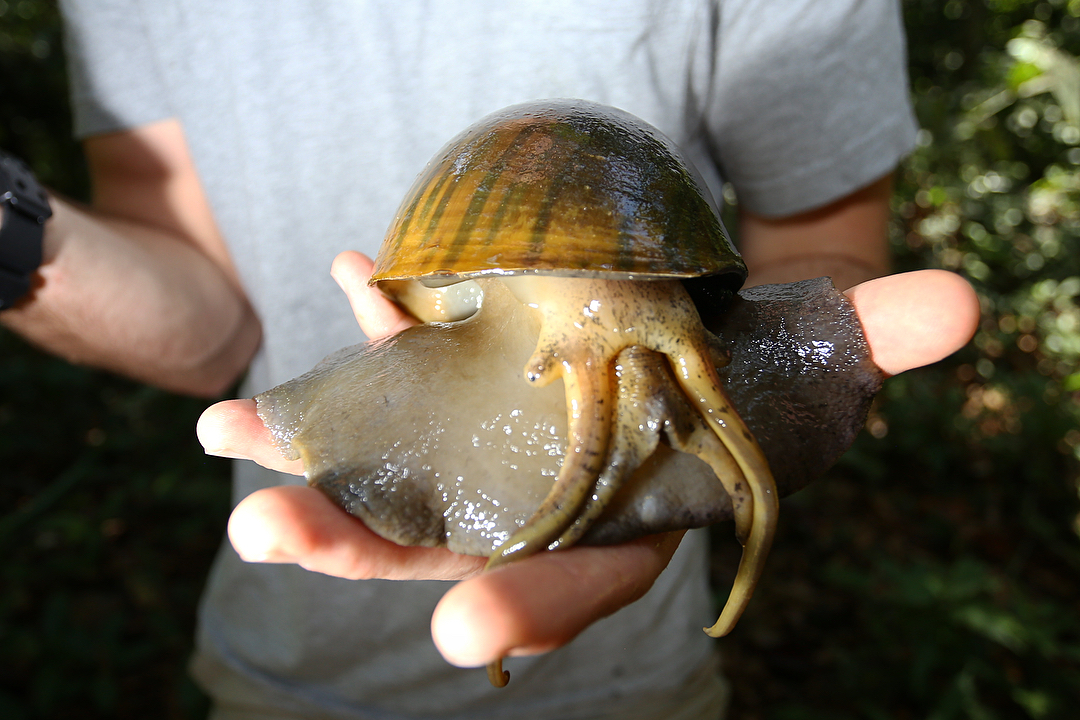
Through a partnership with the Innóvate Perú program (the Ministry of Production) and UNAMAD (Universidad Nacional Amazónica de Madre de Dios), the Inkaterra Asociación is developing a sustainable business model based on Amazonian snail farming and meat processing.
This project encourages the breeding and consumption of Amazonian snails among the local communities, ensuring a healthy diet. Inkaterra Asociación also aims to further gastronomic tourism by supplying restaurants and lodges with the churo snails. One plate with churos is already proposed in the regular menu at Inkaterra Reserva Amazónica to the surprise and delight of our guests.
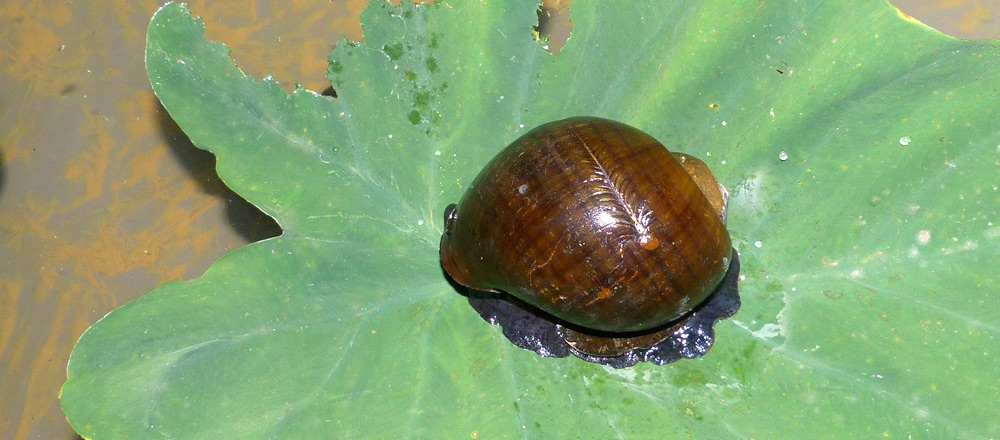 Rafael Casin the head of F&B at Inkaterra created a recipe book that includes 15 recipes that use churos as the main ingredient. One of the recipes featured is Tallarines Rojos con Churos, if you would like to make it at home you will need:
Rafael Casin the head of F&B at Inkaterra created a recipe book that includes 15 recipes that use churos as the main ingredient. One of the recipes featured is Tallarines Rojos con Churos, if you would like to make it at home you will need:
• 500g of churos (or any type of snail)
• 500 grams of noodles
• 5 medium ripe tomatoes liquefied
• 3 liquefied medium red onions
• 3 striped medium carrots
• 3 tablespoons of ground garlic
• 3 tablespoons of red pepper (ají panca)
• Mushrooms and laurel
• Vegetable oil
• Salt, pepper and cumin to taste
Method
• Boil the churos in a pressure cooker for approximately 2 and a half hours. Then, strain and reserve.
• In a hot pan add a little oil to seal the churos. Brown them, remove and reserve.
• In the same pan, add the liquefied onion and, if necessary, add a little oil.
• Fry the onion, stirring it so that it does not burn, and add the ground garlic and red pepper.
• Fry everything for a few minutes until it reduces and stays in its point.
• Add the striped carrot and the liquefied tomato. Fry for a few more minutes, then add salt, pepper and cumin.
• Check the flavour, always moving so that the sauce does not stick. Let it cook for 4-5 minutes over medium heat.
• Meanwhile, place water and salt in a pot. When the water starts to boil, place the whole noodles and cook them to your preference.
• Always checking that the sauce does not burn, add the churos and if it is too thick, add a little water. You can now add the bay leaves and mushrooms. Cook for 10 more minutes and, if it is very dry, add a little water and oil.
• Strain the water when the noodles are ready. Add a splash of oil and mix with a little of the sauce so that it takes a little colour.
• Test and, if necessary, correct the salt.
• Finally, place the sauce and churos over a portion of noodles.
